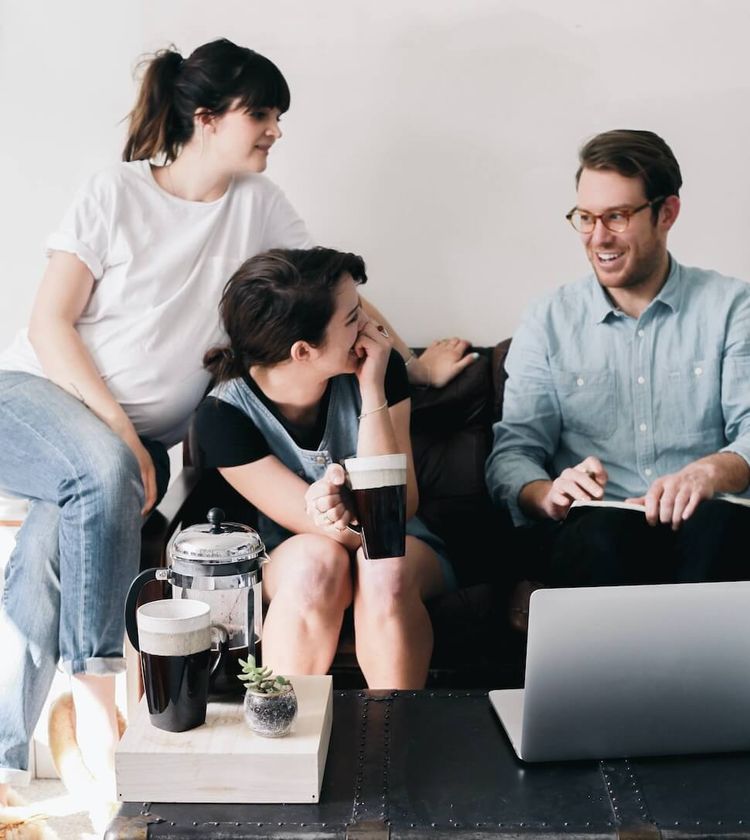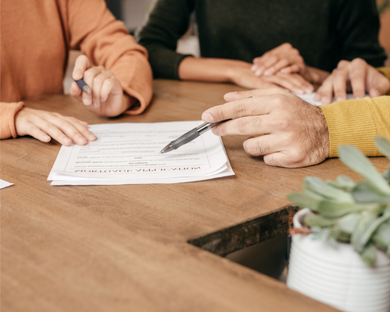What is a staircase mortgage?

Note: This article was written prior to COVID-19, and all facts are correct as of that time
Many aspiring homeowners experience a financial struggle to find the funds for a deposit on a house. However, Shared Ownership schemes have gone some way to making sure that this is not the barrier to homeownership that it once was. A feature of some Shared Ownership schemes is the option to buy an increased share of your Shared Ownership property and work towards full ownership of your home. This is done by purchasing smaller increments over a period of time, a transactional process known as staircasing.
Here we take a look at how to buy more equity in your Shared Ownership property, how it works and information about how it could help you on your way to homeownership.
You should be aware that each Shared Ownership scheme has its own specific rules so you should check the rules with the Shared Ownership provider. We also suggest getting a second opinion from an independent, regulated, third-party, financial advisor.
What is Shared Ownership?
Shared Ownership schemes mean exactly that. The ownership of the property is shared, with you owning a percentage of the property and renting the rest from a council or Housing Association. You'll typically buy a share of anywhere between 25% and 75% of the value of your new home, depending on the size of your deposit. You buy your share of the property with your deposit and a mortgage. But rather than need the deposit and mortgage for the full value of the property you just need it for the share that you are buying.
In order to be eligible for Shared Ownership**, you must be over 18 and have a combined household income of less than £80,000 (or £90,000 in London). You must not currently own any property, although you may have been a homeowner previously. You're also likely to need a good credit rating. Bad debt, mortgage and/rent arrears could potentially make it difficult for you to be approved for a Shared Ownership scheme.
And of course Shared Ownership is usually only available for newly built properties, or re-sales of Shared Ownership new builds.
What is staircasing?
Shared Ownership staircasing means increasing the amount of equity you have in your Shared Ownership property as time goes on. You might be required to have been the owner of the property for one to two years before this becomes an option. Any stipulations on your Shared Ownership property should be outlined in your lease.
Simply put, it may allow you to incrementally buy more shares in your home until the property belongs to you outright. Remember, you’ll also typically be paying a mortgage at the same time.
How do you do it?
As a first step, you may need to inform the Housing Associationthat you intend to increase your property share in the property you bought. It's likely that you'll need to pay the housing association to carry out a valuation of the property (this is similar to a mortgage valuation). You’ll also need to make sure you have the cash or mortgage finance in place to pay for the increased share of the property you wish to purchase. Remember that the amount you'll pay additional shares in the property will depend upon the current value of the property, not the value when you first bought it. If your home has increased in value, so will the price of the additional part that you buy.
Sometimes, there are rules and restrictions around the staircasing process. This will depend upon the terms of your lease and which Housing Association you're dealing with. For example, it might be that you can only staircase in specific percentages(e.g.5% or 25%). It might also be that you can only increase your share a certain number of times. In general, the minimum increase you'll be required to purchase when increasing your share is 5%. However, the Government has put forward proposals to decrease this to 1%. For now though, these proposals remain under review.
It's always advisable to seek advice from an independent professional advisor in order to put in place a plan that best meets your needs, circumstances and requirements.
Is staircasing compulsory?
Staircasing is absolutely not an obligation. For many, Shared Ownership provides a more stable form of renting whilst simultaneously building up equity in their home. However, for those who do go down this route, it could offer a long term and manageable strategy to help them fully purchase their home.
If, for whatever reason, you’re struggling to keep up with mortgage payments on your increased shares, ‘downward staircasing’ might be possible. This happens when the Housing Association actually buys some of the property back from you. Whether or not this is an option will vary, depending on the Association you're dealing with. This again highlights the importance of ensuring that you can afford the repayments on any mortgage you take out.
If you do find yourself struggling with your mortgage repayments, contact your mortgage lender in the first instance. In addition, there are a number of schemes, charities and helplines that will provide you with free advice regarding your mortgage payments. Shelter and National Debtline to name just two.
What are some of the benefits of staircasing?
Possibly the most obvious benefit of buying more shares in your Shared Ownership home is that it gives you the potential to own 100% of the market value of your home(restrictions depending). For some first time buyers, this more gradual method of purchasing suits their circumstances far better. But what are the additional benefits?
Reduced rent
When you buy more of your home, you own more of it and therefore rent less of it(butyour mortgage payments may increase).
Location
For anyone looking for their ideal home, location can be a big factor. With continuous rising house prices, when you search for a property, you might find yourself priced out of your preferred area. Shared Ownership with a staircasing option can be a more achievable way for potential buyers to stay within their ideal location without breaking the bank. Keep in mind, though, that if the value of the property goes up, so will the price of any additional shares in the property you wish to purchase.
Flexibility
Shared Ownership schemes can offer a level of flexibility. You can choose when you wish to buy more and the amount to buy - consider though that the terms of your lease and the rules of your Housing Association may have certain restrictions regarding this in place. When it comes to staircasing, it’s good to think strategically. Certain Housing Associations will only allow you to staircase a certain number of times, so planning in advance and seeking advice is wise.
What are the restrictions when staircasing?
Be aware that not all Shared Ownership schemes will allow you to staircase up to 100%. Some properties will have restrictions on the lease, meaning that there's a maximum share you can own. This is usually around 80%. If your end goal is to fully purchase your home, thoroughly check the terms and conditions of your lease with your housing association. You should also seek advice from your solicitor or conveyancer. You don’t want to get caught out later down the line!
If you're able to staircase to 100% ownership, you would no longer have to pay rent to the housing association for the remainder. However, you'll still be responsible for paying any ground rent and service charges affiliated with the leasehold. In addition, you may find that your lease contains restrictive covenants that prevent you from carrying out certain home improvements or even owning a pet. As with any leasehold property, you should instruct your solicitor or conveyancer to conduct a thorough assessment of your lease. That way, you can consider the effect of any restrictive covenants or other clauses that may affect your current decision.
Additional costs of staircasing
You'll need to factor in additional costs associated with the staircasing process. Every time you increase your share, you'll need to consult your solicitor or conveyancer, so be sure to budget for extra legal fees. It might be the case that you need to consider the costs relating to remortgaging. In addition to this, there's the cost of surveys and valuations, not to mention the standard cost of moving.
Another consideration is stamp duty. Be mindful that once you reach 80% ownership, if you don’t have first time buyer relief, you'll be required to pay stamp duty on your property. However, it is possible to staircase the payments if you choose to do so. For example, you can either pay stamp duty on the total value of the property in the first instance, or you can pay in stages. The choice is yours.
If you've made the decision to staircase your way to 100% ownership, then make sure that you've sought independent and professional advice in order to ensure that it works for you. This should include mortgage advice if this is how you're financing the purchase. Your decision will ultimately depend on your personal circumstances, but any choice you make should be made with the future in mind. Think about whether staircasing works for you financially, and what you can afford in the longer term.
For many, to part own and part rent provides the best of both worlds.
About Wayhome
Wayhome is the Gradual Homeownership option that helps aspiring homeowners take their first steps towards ownership without taking a mortgage. A simple, yet revolutionary idea: if you can afford to rent, you can afford to gradually buy. Start with as little as a 5% deposit, and rent the part of the home that you don’t own. Buy more as and when you can afford to do so.



